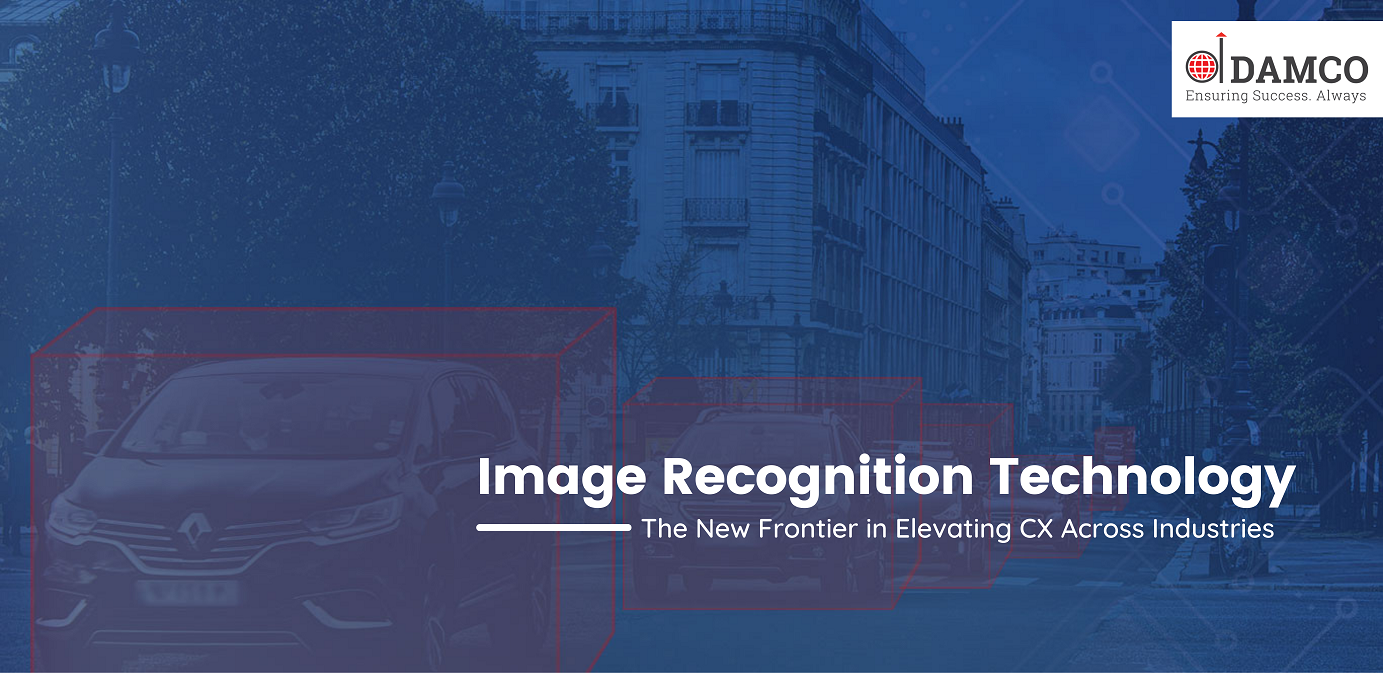
It wasn’t long ago that Artificial Intelligence and Machine Learning sounded like a science fiction prophecy from the tech future. These new-gen technologies are now the driving forces behind numerous technological innovations we use daily.
You can unlock your smartphones without entering pins or passwords. Or, take another case in point, Meta (formerly known as Facebook) gives you tag suggestions. Likewise, it provides you the option to add the location to your photo, describes how you feel, and share it with your friends, even before you insert any caption—aren’t these things simply amazing?
One of the most accessible applications of AI and ML is image recognition. Fueling a visual revolution, machine learning-powered by image recognition has changed the way visual data is organized and processed. It offers numerous exciting opportunities, just like the ones we see in science fiction movies, which make our imagination run wilder.
Look at the figures sourced from marketsandmarkets.com reports: the global image recognition market size is to grow from USD 26.2 billion in 2020 to USD 53.0 billion by 2025, at a Compound Annual Growth Rate (CAGR) of 15.1% from 2020 to 2025. You can calculate for yourselves the amount of potential this incredible application brings with it!
So, how is image recognition technology designed? You’ll be astounded to know that this machine learning method resembles the way a human brain functions; much like the way computers recognize visual elements within an image.
Ranging from image organization and classification to facial recognition, here are five different use cases in the current consumer landscape. See how it helps stakeholders across different industries and verticals in delivering elevated customer experiences:
Visual Search Engines enable users to search for similar products using an image as a reference. These visual search APIs allow companies to integrate image-based search in their applications and software systems to capitalize on the searchable potential of their visual data.
Let’s say, you are looking for a chair with a particular design. With visual search engines, you can upload the picture you took from your camera or downloaded from the internet and get results similar to the ones you are looking for. The results displayed there closely match the chairs’ style, color, and size with close proximity.
The furniture, home décor, and fashion online retailers are already implementing this in their digital shopping experience to deliver a rich-media experience to users.
Automated image organization is one of the most popular applications of image recognition that we use regularly. Who wouldn’t want to better handle their library of photo memories categorically—from broad landscapes to circumscribed objects?
The photo organization apps are going that extra mile to enhance users’ experience and image recognition technology is what empowers them. Apart from photo storage, the apps facilitate people with better search and discovery features —photos are categorized thematically according to the identified people and patterns via image recognition API integrated into those apps.
Telecom companies also leverage image recognition techniques to enhance their users’ experience. They add value to their offerings by providing image classification for photo libraries that enable them to retain their existing customers and attract new ones. On the customer side, experience is enhanced by allowing people to categorize their photo memories in order.
Stock websites are platforms that enable photographers and videographers to sell their content. Contributors must tag large amounts of visual data with proper keywords to index the content congruously. This makes the product easily discoverable for buyers and feeds billions of searches daily.
On the flip side, stock contributors also get the advantage of automatic keyword suggestions; hence, saving a significant chunk of their time and efforts. They also get creative ideas on how to tag their content comprehensively and successfully. Isn’t this a powerful commercial use of image recognition?
Facial recognition and iris recognition are already doing wonders, but did you know about the emotion detection feature? Real-time emotion detection helps doctors to analyze how their patients are feeling while they are hospitalized and when they are about to get discharged. This helps in driving meaningful changes across a patient’s journey. Apart from this, microsurgical procedures in the healthcare industry that are powered by bots also use computer vision and image recognition techniques.
Merged Reality is the fusion of augmented reality and virtual reality. Overcoming the shortcomings of AR and VR, MR is created to deliver the virtual world experience naturally and more dynamically. It allows the users to transit between the virtual and physical world effortlessly for their daily activities. Take, for instance, the Pokémon Go game allows players to catch virtual monsters on streets, in parks, subways, etc., thus providing them an elevated user experience.
Final Words
Image recognition holds immense potential for businesses across different industries and verticals. These five examples illustrate the diversity of applications that have helped businesses in elevating customer experiences and leaving more scope for personalization of services that keep the shoppers coming back for more. There is no wonder image recognition technology is gaining immense popularity and fueling a visual revolution.
Have you boarded this image recognition bandwagon? If not, now is the time to begin!



